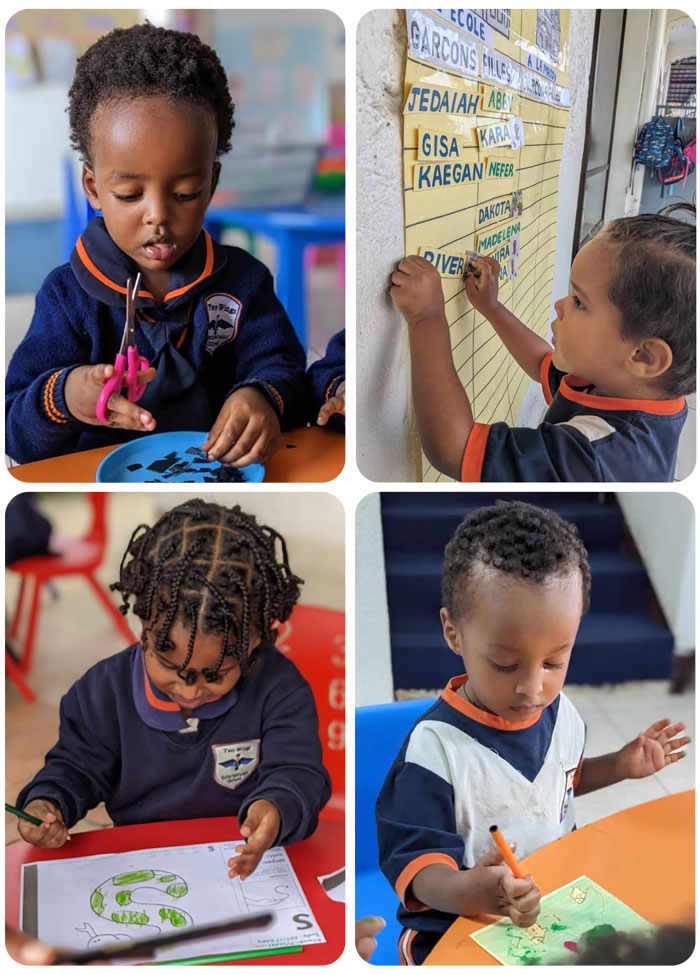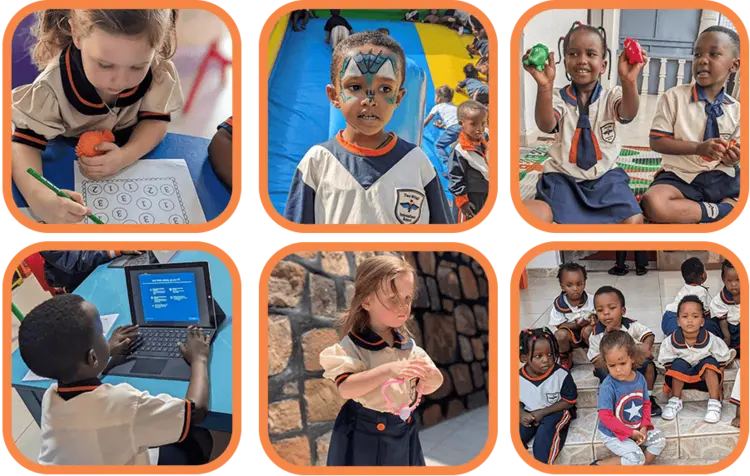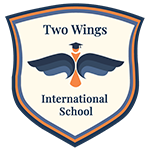Two Wings Offering
Two Wings International School, after daily classroom observations, meetings with teachers and discussions with parents, strives to:
- To evaluate students with educational tools conscientiously designed by expert teams and serving as a diagnostic test model.
- To determine more or less the degree of difficulty of the child.
- To invite parents to enroll the child, as necessary, in an intervention program, the most common and most important being the Reading intervention program which includes all branches of learning linked to reading. language, including reading, writing, spelling, oral expression, vocabulary enrichment, basic grammatical concepts, etc.
Two Wings International School, soaking up the continuous observations of its learners, draws inspiration from this work to intervene in the classroom with a view to advancing its students with different learning disabilities.
Collective work carried out on the initiative of Ollivier DELPLANCKE IEN in the Moûtiers district allowed schools to provide nursery and elementary school teachers with information on the various learning disabilities encountered by certain students.
Source: Observations base sur experienceHanna A. Kubas, Jac J. W. Andrews, James B. Hale

Learn more about specific learning disabilities.

Children with learning disabilities typically have average or above average intelligence, but have problems perceiving (understanding) or using information, resulting in inconsistent abilities and observable weaknesses in reading, speaking, writing, listening, problem solving, numeracy and social skills. A specific learning disability (SLD) is described as a neurodevelopmental disorder (associated with the growth and development of the brain) that results from the interaction of genetic and environmental factors that affect the way the brain perceives, processes and uses information. ‘information. The Canadian Learning Disabilities Association (CLDA) defines SLDs as dysfunctions that may affect the acquisition, organization, retention, understanding or processing of information in individuals who otherwise demonstrate less average intellectual skills. SAD is best understood as lower academic achievement based on a person’s age and developmental stage, despite classroom instruction and other interventions that should improve it.
SLD Charateristics
Specific learning disabilities in reading
Specific learning disabilities in mathematics
Specific learning disabilities in writing
Specific learning disabilities in oral language
Children with oral language SAD may have difficulty with phonological awareness (sensitivity to the sounds of spoken language), with semantics (vocabulary), with receptive language (understanding spoken language), with expressive language (using of the language), or with grammar and syntax (verb tense, word order, sentence structure). These children have difficulty following instructions given orally and making oral presentations. They also exhibit weak conversational skills.
Although some argue that SAD is lifelong, recent studies suggest that specific, targeted interventions could change the brain’s “connections” to allow children with SAD to use the same brain regions to read, write and calculate that children without learning disabilities. Hence the importance of understanding the type of SAD a child has and providing education or targeted interventions that can help them overcome the problem.
